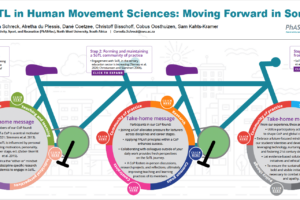
Using Scenarios to Explore the Tone, Language and Behaviors of Student-Faculty Partnership
By Cherie Woolmer, Nattalia Godbold, Isabel Treanor, Natalie McCray, Ketevan Kupatadze, Peter Felten and Catherine Bovill
As a group of students and faculty, we wanted to explore the real experiences of what it’s like
to “do” partnership, which pushed beyond some of the research results or descriptions of
partnership found in the literature. One of the students in the group suggested she had
experience of using role play in another setting, and it could be a fruitful way to explore
partnership. Several other members of the group also had experience of successfully using
role play in other settings—and so began our rich explorations of how role play might be a
powerful tool to explore the realities of enacting partnership.
If role play normally makes you “run for the hills,” please stay a little longer, because the
scenarios we present have multiple uses, and do not always have to be acted out. For example
they can be read by facilitators or by individuals and then discussed in fruitful ways. We also
had really positive responses when facilitators read parts in the scenarios, and workshop
participants were invited to tell us to stop at points where there was something
uncomfortable, where they wanted to suggest an alternative way of behaving or speaking, or
points that needed further discussion.
Reading how to do partnership is one thing. Learning to effectively enact partnership in its
messy, complex, highly contextualized reality, is another. Through using role plays focused
on partnership in SoTL, we have been able to foreground the importance of tone, language
and behavior within the highly contextualised negotiations and entanglements of partnership.
We hope you will use, add to, and adapt the role-playing resources we have provided to open
up conversations and understanding that are hard to access through other methods.
Read the TLI article here.




